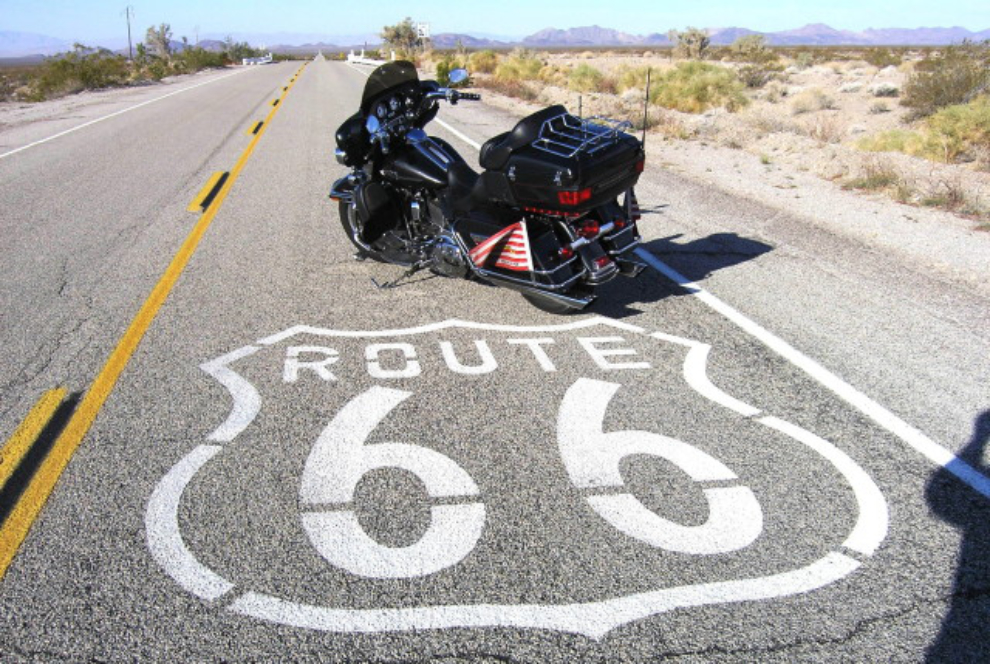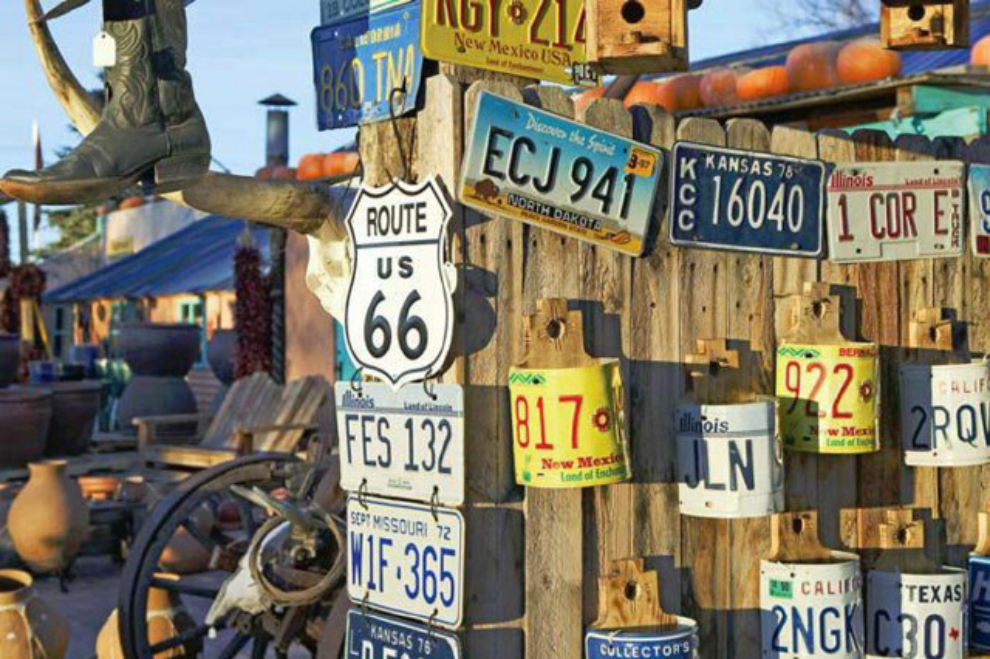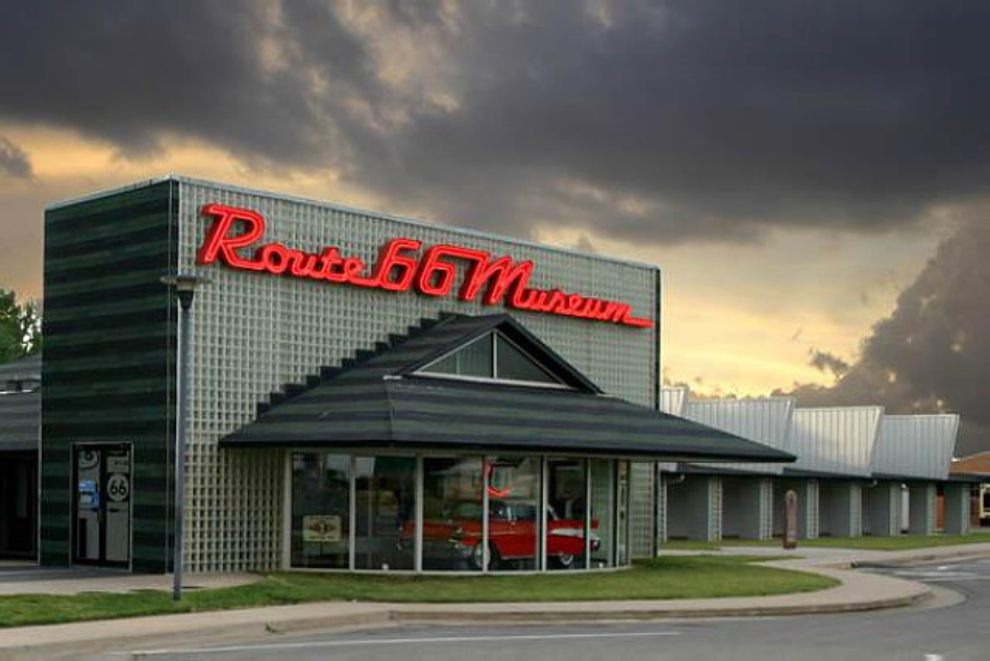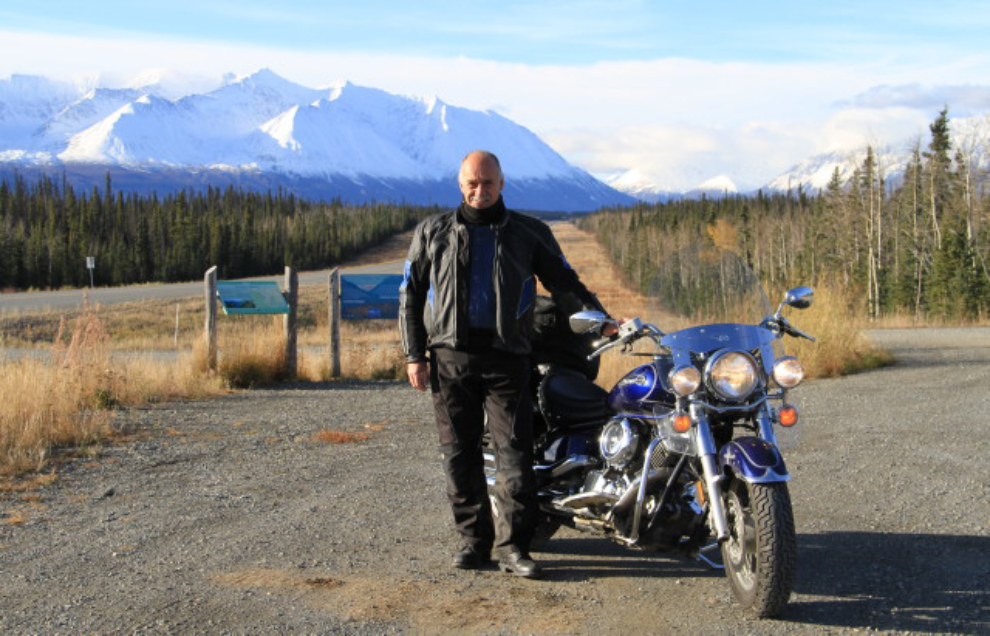Motorcycle bucket list: Route 66, Chicago to Santa Monica
To me, “Route 66” has always been a magical term. For anyone who still has a bit of their brain stuck in the 1950s, that road is almost sure to be part of the memory. I’ve driven some small sections of it in California, but seeing the whole route, with lots of time to soak it all in, is still on my Bucket List. And it’s a road that may be best suited to my motorcycle. Kiara Wilson at Motorcycle House have been chatting about great rides, and she offered to write a guest blog about Route 66 for ExploreNorth.
Every once in a while, a rider is called to the road like few other duties. Of course it’s involuntary, but the sheer passion and enjoyment of riding causes a burning desire to seek the open road. While afternoon trips and day rides can wane that burning desire every now and then, a multi-day trip is needed on the bike. For a select few motorcycle enthusiasts, the challenge of Route 66 is a calling that simply must be taken. Starting in Chicago and ending in Santa Monica, Route 66 is often referred to as Main Street of America for the amount of land area it covers: 2,451 miles, to be exact.

While the history of Route 66 is rich and lengthy, the proposal for the name and the exact route came about in the mid-1920s. Because the country needed a sustainable route that allowed travelers to move easily from the Midwest to the West, Route 66 was conceived to connect other major highway systems in order to create a vein-like system of roads. Today, Route 66 connects a seemingly infinite amount of public roads together in order to give motorists any number of opportunities to exit and explore the neighboring communities. The popularity of Route 66 boomed in the ’30s and ’40s as ownership of cars exploded. Many towns flourished along this highway, and new economies were born. But as changes in numbering and road construction came in the ’50s, Route 66 began to decline and many of these towns diminished. Today, Route 66 is still a staple among travelers, and it’s become an iconic route for American culture, as have some others.

And then there was the motorcycle. Throughout the highway’s life, motorcycles have been a popular method of transportation. And why not? As it’s one of the longest stretches of a single-named road in the country, Route 66 covers so many various terrains and states; it’s hard not to accept the challenge of the ride. From flat, never-ending plains to twisting mountain roads, motorcyclists will get all the thrills and relaxation packed into one trip. Because Route 66 covers so much land in so many different counties, maintenance varies upon location. Riders should be aware that flat, even surfaces can quickly turn into bumpy roadways.

Because the duration of the Route 66 ride is so long and covers so many different areas, riders will experience a multitude of different climates during their journey. Regardless of whether you head out in Summer or Winter, riders should understand that packing heavy is almost a must. You’ll experience both windy and calm conditions, and rain will surely present itself somewhere along the way. While First’s Buffalo Nickel jacket or similar light attire might seem comfortable for one stretch of the highway, rougher, colder areas might require something a bit heavier. In this case, pack away multiple jackets – River Road has one for just about any occasion.

Route 66 simply must be experienced in order to appreciate its worth to American culture and the U.S. highway system. You’ll see majestic mountains and iconic towns along your journey, and there’s no replacing the memories you’ll have for years to come. Remember to set aside some serious traveling time, because Route 66 cannot be rushed.
Yeah, that’s a ride that needs to be done! 🙂
